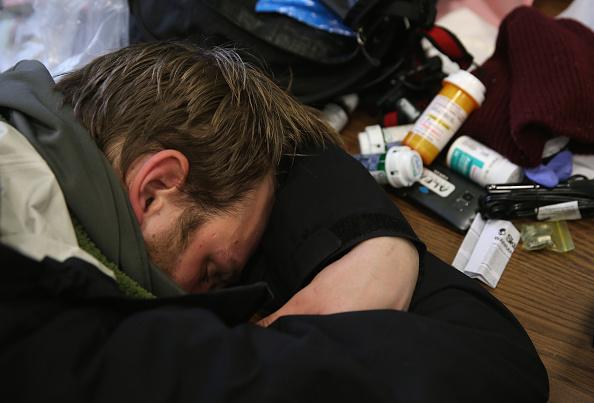About 20 percent of kids in the U.S. use prescription drugs and many take more than one at a time, putting them at risk of harmful interactions, new research finds.
Nearly one in five children and teenagers use prescription medicines, with 7.5 percent taking multiple medications, according to a study of 23,152 kids under the age of 19 in the journal Pediatrics. Of those taking more than one medication, 1 in 12 were at risk for a potentially major interaction. Such overlapping prescriptions can increase health risks if they combine in ways that lessen or otherwise alter the drugs’ intended effects, the study said.
Drugs can mix in the body in ways that change how they work, and some interactions can produce side effects or be toxic. Adverse drug events are a leading cause of death among kids in the U.S. Most pharmacies have software in place to catch dangerous combinations before drugs are given to patients.
The study—the largest ever to look at common drug combinations taken by the young—found that the vast majority of potentially problematic drug interactions involved antidepressants. Adolescent girls are more likely than boys to take prescription drugs and are at higher risk of being prescribed potentially dangerous drug combinations. That’s driven largely by higher rates of use of antidepressants among girls, according to the study.
Additionally, prescription medications associated with an increased risk of suicidality are commonly used in children and adolescents and are often used together, the study found.
“What we found is that even though it’s not as prevalent—so fewer kids and adolescents use drugs when compared to adults—when they do use them and when they use them together, there’s a certain share of children that are at risk, and these risks are different and haven’t been identified before,” said Dima Qato, a co-author of the study and assistant professor at the University of Illinois at Chicago.
Patients often see more than one doctor, so there’s a risk that a prescribing physician may not be aware of all the medicines that a patient is taking. In elderly people, who on average take more prescription drugs than kids, the vast majority of harmful interactions are linked to bleeding, according to Qato. She said that in kids, dangerous drug combinations are associated with sudden cardiac death, which is underreported in children.
The study, based on survey data, didn’t analyze harm, meaning that it’s not known whether any interactions found did, in fact, hurt the kids.
Lisa Schwartz, senior director of professional affairs at the National Community Pharmacists Association, said it can be difficult for parents to receive counseling about their children’s medications when pharmacy-benefit managers require the use of mail-order prescriptions, which eliminates a face-to-face experience.
“When community pharmacists dispense a prescription, they rely on a combination of their education, computer-software automated checks, and other references to screen for and research drug-drug interactions,” Schwartz said. “That’s what makes them great sources of information on prescription and over-the-counter medications.”





